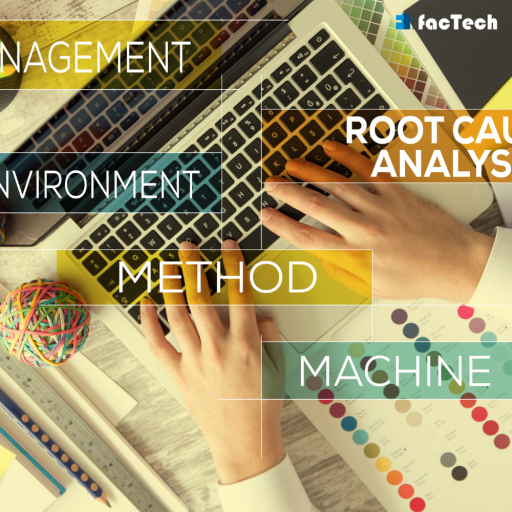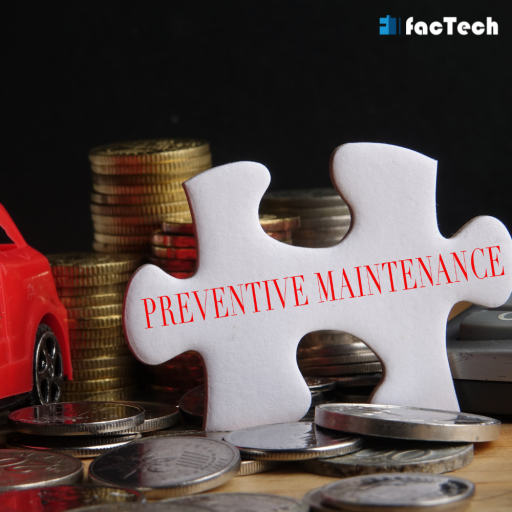Equipment Breakdown Maintenance: Best Practices 2024
Equipment breakdown is a real pain in the neck causing significant economic losses and operational delays at your facility. It could be a mechanical, electrical or pneumatic breakdown which could be anticipated or completely unforeseen. As a facility manager, your aim should be to manage the aftermath and mitigate the impact as much as possible. For this purpose, you would need an equipment breakdown maintenance plan at your disposal amongst other best practices. In this blog, we have enumerated the top 5 equipment breakdown handling best practices for you to enhance the reliability of your assets. Buckle up!
Types of Equipment Breakdown
Before we tread on the best practices, let’s catch a glimpse of the 3 major types of equipment breakdown. You can customise the maintenance plan for each type of breakdown.
#1 Equipment Mechanical Breakdown
The first type is due to wear and tear, accumulation of debris and the ultimate failure of any mechanical component of the equipment. For instance, snapping of the conveyor belt, seizing of bearings or other moving parts etc.
#2 Equipment Electrical Breakdown
In a similar vein, electric faults can also lead to equipment breakdown. The root causes can be overload, short circuits, and voltage fluctuations among others. For instance, the motor of your machinery could burn out or the control panel could malfunction.
#3 Equipment Software System Breakdown
The last type in our discussion is the failure of the equipment control system. The invasion of software bugs or malware with updates can cause your automation systems to break down. This is perhaps the most rampant one in today’s digital facility era.
How to Do Equipment Breakdown Maintenance?
Remember our discussion on planned preventive maintenance? Contrary to the proactive approach, breakdown maintenance is reactive in nature. It essentially involves fixing the piece of equipment that has malfunctioned or broken down. Here, the goal is to minimize the consequences on facility operations. Let’s get a quick overview of the top 5 best practices for equipment breakdown maintenance.
#1 Design a Reliability-centred Maintenance (RCM) Framework
An RCM framework for equipment maintenance involves detailed identification of the critical equipment, failure modes and optimal maintenance strategies. First, rate the criticality of the machinery based on safety, functionality etc. Next, outline the failure modes. You’ll have to determine why, when and how the equipment failure can occur. Remember the types of breakdowns? Your equipment can be a victim of electrical failures, wear and tear etc. Now that you have the asset type and failure modes, work on developing the maintenance strategies as per the equipment’s unique needs. The strategies can be preventive (like routine inspections) or reactive (RTF approaches). In essence, the goal of this framework is to focus the equipment maintenance efforts on cost-savings and equipment reliability.
#2 Implement CMMS for Root Cause Analysis

The next best practice for equipment breakdown maintenance is leveraging technology. A CMMS is an ideal software for root cause analysis. It helps you collect equipment data- maintenance records, performance history, costs incurred etc. You can further break down the data as per the incidents. First, retrieve the date and time of the equipment breakdown, the equipment type (make, model, location, function) and the observed symptoms. Next, access the documented task flow of the recovery actions taken. Such an analysis helps to create a reference bank for identifying similar issues in the future. Now that we’ve established the root cause, let’s develop a plan for breakdown maintenance. Scroll down!
#3 Develop a Run-To-Failure (RTF) Maintenance Strategy
Ever heard of the RTF approach? A run-to-failure strategy deliberately allows the machinery to run until it breaks down triggering maintenance actions. Usually, this strategy is suitable for less-critical equipment with a history of occasional failures. The first step in this approach is to identify the candidate equipment for this strategy. Next, outline clear remedial procedures to fix the breakdowns. Ensure that the spare parts and other tools inventory are easily available.
#4 Prevention is Better Than Cure

Preventive maintenance is always a better option than waiting for the equipment to break down. It involves addressing the issues before they hamper your facility operations. Routine equipment check-ups, technical and visual inspections, regular cleaning and component replacements are some of the proactive maintenance tasks. Furthermore, you can analyse the trends in the equipment performance data and track any deviations as warning signs of potential breakdowns.
Read more: HVAC Preventive Maintenance & Energy Efficiency
Train Your Team on Equipment Breakdown Maintenance
Finally, invest in employee training. All your documentation and emergency response plans will be futile with a bunch of unskilled people. Ensure that the maintenance personnel is well-educated on the safety protocols, equipment failure modes, emergency response plans and communication channels at your facility. Moreover, you can consider designing training programs at regular intervals to encourage continuous skill development. Conduct workshops and certification programs on the latest equipment maintenance technologies to keep them updated and ahead of the curve.
Final Words
Equipment breakdown is an unfortunate reality that can have deleterious effects on your business continuity. In this blog, we ran you through the different types of breakdowns as well as the equipment breakdown maintenance best practices. From developing an RCM framework to training your maintenance personnel, the aforementioned tips will help alleviate the impact on daily productivity and costs. If you have any other suggestions, comment below.
Contact us for a free demo of how our expertise can help you achieve your business goals to the best.








